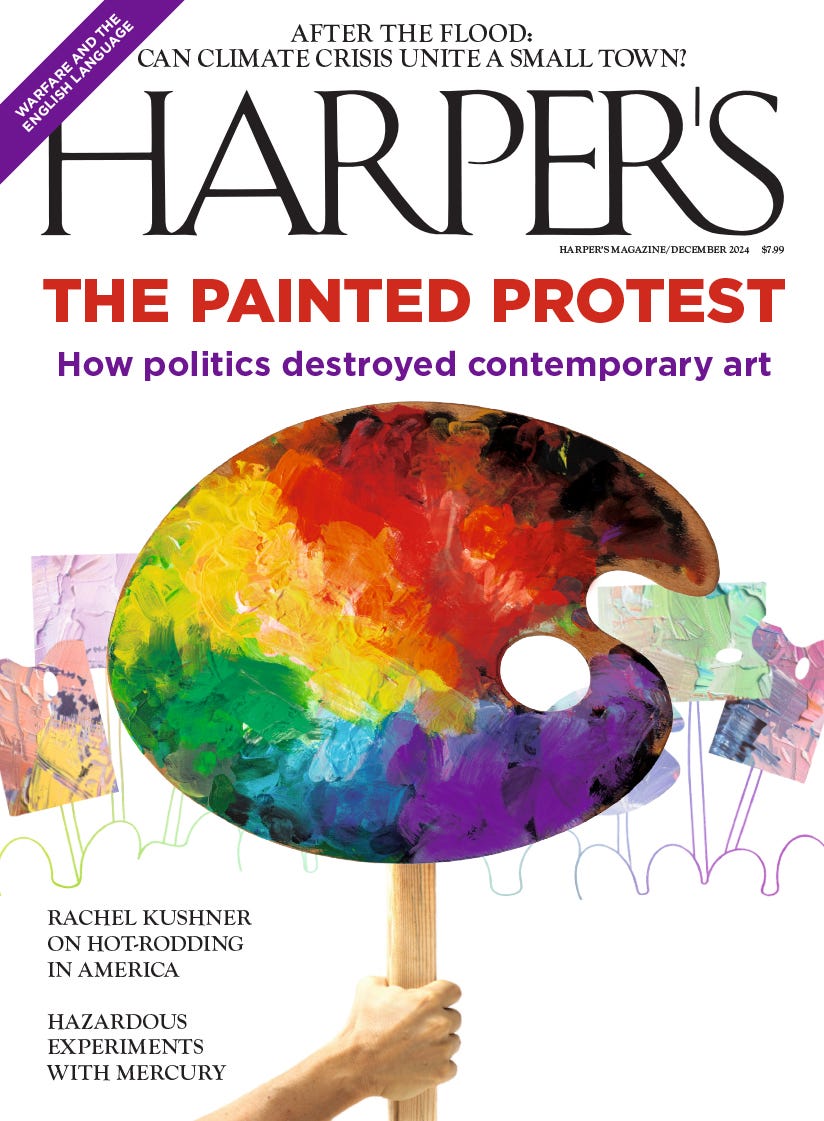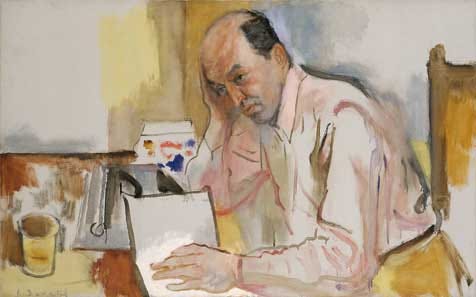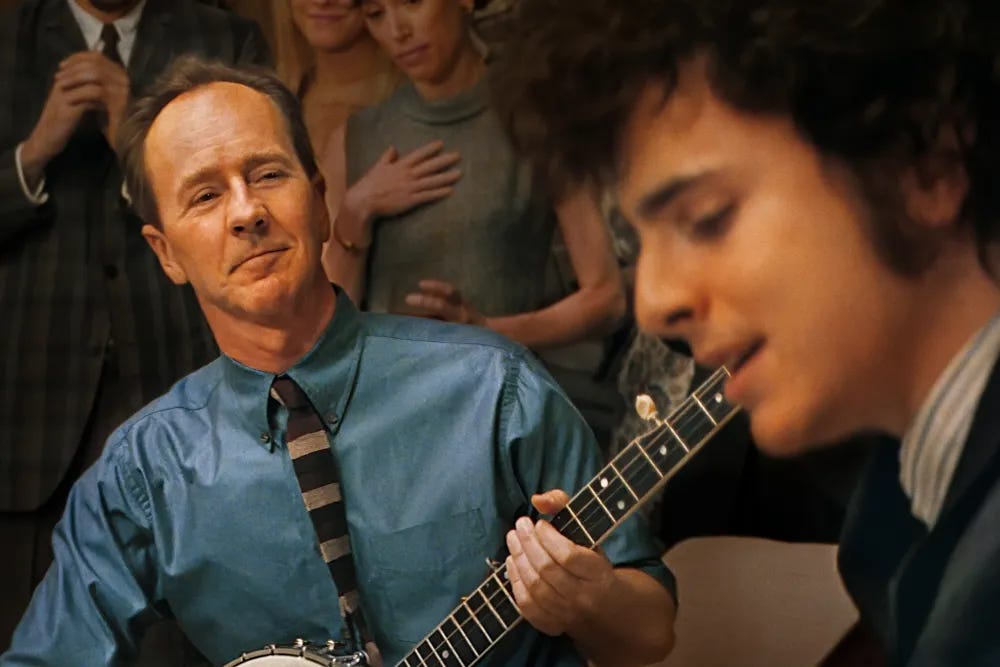Hello friends,
I hope this winter update finds you all well. I am on research leave this semester and spending my time grounding and reflecting. The cold weather has me in my studio a lot. I spend that time organizing, reading, and sketching. I am excited to share some news of recent and upcoming exhibitions. I am also trying to write more (better?), so I made something more long-form on my recent readings and viewings.
NEWS + UPCOMING EXHIBITIONS
I recently came back from Indianapolis, where I attending the opening of “Trained Histories” at Aurora PhotoCenter. The exhibition, including work by Minne Atairu, Michael Borowski, Jim Naughten, and Phillip Toledano, invites viewers to consider the intersection of history with AI, exploring how AI can investigate, give visibility to, and reimagine various histories while questioning the very nature of truth in photography. It opened on February 7 and will be up until April 15, 2024.
Next month I will have work in “Surrender to the Dreamers” at the Museum of Photography in Berlin. The exhibition includes work by Michael Borowski, Anaïs Boudot, Timotheus Büttner, Cai Dongdong, Ioanna Sakellaraki, and Ria Wank. It will be displayed alongside the exhibit “FOTOGAGA: Max Ernst and Photography.”
"Surrender to the Dreamers" offers a perspective on photography as a medium that transcends the limits of the visible and ventures beyond mere sensory perception. In both exhibitions, artists utilize photography to unveil the hidden and conjure previously unseen, unfamiliar visions.
The exhibition is curated by Claire Ducresson-Boët and Thomas Ming-Hui Stanka. They are members of analogueNOW, a non-profit association in Berlin that brings together artists, photographers, curators, educators and photo enthusiasts to promote analog photography.
I will be visiting Berlin for the opening on March 7, and staying for about a week. It is part of the European Month of Photography. The exhibition will run until April 27.
CULTURAL AGGREGATION
At the end of last year Dean Kissick wrote a cover story for Harpers called “The Painted Protest.” It sparked a lot of discussion and debate, but the general reaction considered him to be “anti-woke.” This felt like a not very generous or thoughtful reading. I could understand this being a knee-jerk reaction to the general state of culture and politics at this moment, but I disagree that was what bothered Kissick. What I read, and what resonated, was lamenting a loss of art that is uncategorizable, strange.
Among the debates about wokeness in contemporary art, I saw another criticism that I found intriguing. It was that Kissick was lamenting the avant-garde, and that perhaps that era of art had passed. Art with the intention to challenge preconceived bourgeois sensibilities was a 19th Century invention. Perhaps we are coming to a point where that is not the goal of art, as best we can generalize what that means and where that can be seen. I had not considered this before.
I recently taught Clement Greenberg’s essay “Avant-Garde and Kitsch” to my undergraduate students. Our class discussion was rich and fiery – not something I expected from art theory written 80+ years ago. My students astutely grasped the notion of kitsch, not just as garden gnomes and animal prints, but as cultural products that are formulaic, sentimental, and easy to digest. They offered “Top Gun Maverick” as an example of modern day kitsch. The slightly less pleasant surprise was that the majority of the class agreed that Greenberg, and what he stood for, were arrogant and elitist. “What is wrong with wanting people to like your work?” “What is wrong with making money?” It seemed like the class were saying they would rather make kitsch than avant-garde work. This shocked my own late 90s, art school sensibility.
Earlier in 2024, W. David Marx wrote a relevant series of blog posts called “Culture is an Ecosystem.” Here he maps interconnected cultural subunits (youth culture, class cultures, rural or folk cultures, subcultures, and countercultures, etc.) and that each has their own discrete taste world. He then applies the “Wudnt Curve” (from psychologist Daniel Berlyne, in the 1960/70s) to show how humans receive the highest hedonic potential from somewhat complex and novel stimuli. Too little or too much leads to less pleasure from a cultural form. Of course the experience of complexity and novelty in culture is dependent on each individual’s previous experience.
Marx argues that a healthy cultural ecosystem must therefor produce works that are both relatively simple and complex. Diversity is what is important.
“Critics support ecosystem health by (1) identifying innovations that arise in each cultural sub-unit, (2) crafting a narrative for innovations to facilitate their wider acceptance, and (3) rewarding esteem to artists who pursue radical invention.”
He believes critics are the ones responsible for praising the work that is novel and complex, since the commercial market can be a reliable indicator of successful mainstream work. However we are living in a time of the “poptimist” critic. In the spirit of “inclusiveness” the critic is encouraged to have omnivorous taste, including high and low culture. Following this is “ultra-poptimism,” or the belief that popularity is a reliable indicator of cultural value. Marx describes the effect of ultra-poptimism as market success, rather than innovation.
“It simply inverted snobbish criticism: Kitsch was now more valuable than art because of its immediate comprehensibility and popularity. Demanding or creating complex art became a sinister act of social exclusion for losers.”
On Christmas day, I went with my siblings to see the Bob Dylan biopic “A Complete Unknown.” The movie is fine. It does what I have come to expect from recent star-studded music biopics. My arguably “avant-garde” taste in movies finds these occasionally enjoyable and often not memorable. However, in this case, what I found memorable was Edward Norton’s portrayal as Pete Seeger. Norton is charming. My siblings and I agreed we wanted to see a Seeger biopic next.
I left thinking about my recent class discussion about avant-garde and kitsch. Seeger and Dylan were representatives of different cultural politics. (Norton’s) Seeger comes from the folk music tradition, and believes in art as activism. He also believed change would be achieved collectively. In one notable scene he tells a hungover Dylan (Chalamet) a parable about the teaspoon brigade. In this story the world is a imbalanced see-saw, with one end weighted down with heavy stones. The opposing side just has a bunch of little teaspoons, each one doing almost nothing to outweigh the stones. But, as Seeger explains, over time if everyone uses the teaspoon they have, the weight is going to shift. Dylan, on the other hand, represents unadulterated creative freedom. The kind of disruptive energy that Greenberg champions in visual art. Dylan (arguably the hero) pursues his creative genius regardless of what others, even fans, want from him.
Now I am wondering about Seeger, the teaspoons, poptimism, and the empty politics that Kissick sees in the contemporary art world. Are we witnessing the failure of avant-garde art as a political gesture? Despite the explicit valuing of “diversity” in contemporary art, are we actually seeing a lack of diversity in our cultural ecosystems? I’m not convinced a modern teaspoon brigade makes sense now, but also not NOT convinced. I think it is time to be considering different forms of cultural politics. I am fully expecting the next few years to be shocking and challenging (do we need art for that?) I am rethinking my personal politics and how I can practice those outside of the election cycle. It will be interesting to see how that affects my art practice as well.
Take care of yourselves and each other. Thanks again for following along.
Sincerely,
Michael









